Raiatea

Beez Neez now Chy Whella
Big Bear and Pepe Millard
Mon 16 Sep 2013 22:57
|
Raiatea 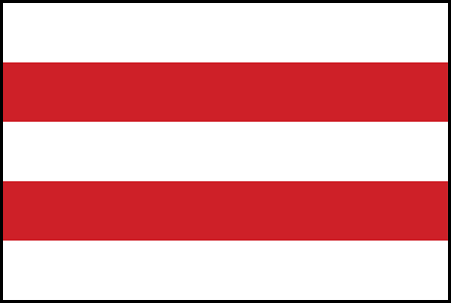 The flag of
Raiatea
Raiatea (or Ra'iatea), is the second
largest of the Society Islands, after Tahiti. The island is widely regarded as
the 'centre' of the eastern islands in ancient Polynesia and it is likely that
the organised migrations to Hawaii, New Zealand and other parts of East
Polynesia started at Raiatea. Havai’I or Hawaiki are believed to be traditional
names of the island. The main township on Raiatea is
Uturoa, the administrative centre for the Leeward Islands. There are colleges
which serve as the main educational location for secondary schools for students
from the regional islands of Bora Bora, Tahaa, Huahine and
Maupiti. We met a lady who told us
that the only maternity facilities are here in Utoroa. Women come in from the
surrounding islands at eight months and stay until mother and baby are alright
to travel. An expensive business, our lady told us, so she only has one “kids”,
a daughter.
 Situated on the south east coast is the
historical Taputapuatea marae which was established
by 1000AD. Taputapuatea marae, an ancient marae
mentioned in the traditions of Polynesian peoples, including, the Māori of New
Zealand, who regard this place as a sacred marae of their ancestors. This is
where the Hawaiian voyaging canoe Hokule'a landed on her first voyage in 1976.
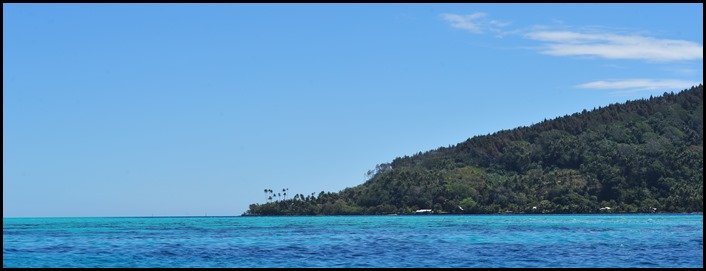 Etymology: The proper spelling of the name, rarely used though, in the
Tahitian language is Ra’iatea, meaning bright sky or soft skylight; Ulieta is an
obsolete transcription commonly used in the 19th century. The extinct Ulieta
bird originated from this island, along with other unknown species, there is
only one drawing of it in the world which is in the Natural History Museum,
London.
 Geography and population:
The islands of Raiatea and Tahaa are both enclosed by the same coral reef, and
may once have been a single island. Raiatea covers eighty eight square miles and
Tahaa a mere thirty four. nine passes around this island and two around Tahaa
allow communication with the surrounding ocean. The highest point on Raiatea is
Mount Tefateaiti rising to 3,333 feet, Tahaa has Mount Ohiri at 1,935 feet.
Raiatea is both the largest and most populated island in the Leeward Islands,
with a land area of 64.7 square miles and a total population of 12,800
inhabitants. The largest commune of Raiatea is Uturoa on the north side of
Raiatea and has a population of nearly 10,000.
 History: Captain James
Cook anchored here in 1769 after Wallis’ discovery of Tahiti. This was the
beginning of a delicate colonisation by the Europeans, marked by war. The
Polynesian navigator, Tupaia, who sailed with explorer James Cook, was born in
Raiatea around 1725. Omai (c.1751-1780), another young man from Ra'iatea,
travelled with European explorers to London in 1774 and also served as an
interpreter to Captain Cook on his second and third journey. At the end of the
eighteenth century, the chiefs of Bora Bora, Tefaaroa and Mai, successfully
conquered Raiatea and Tahaa. A powerful struggle followed to gain control of
both islands but it was Tamatoa, the son of Tatu, who unified the islands some
thirty years later.Converted to Christianity, he implemented a code of obedience
to the missionaries, which spread throughout the Leeward Islands, all except for
Huahine.
At the beginning of the nineteenth
century, the Pomare family, then reigning over Tahiti, tried to establish power
over the other Society Islands. Many attempts to conquer these islands finally
lead to to the rise of King Tamatoa VI (the last
monarch), who reigned from 1884-1888.
In 1847, France recognised the
independence of the Leeward Islands, but forty years later the annexation of the
archipelago by Governor Lacascade, caused an uprising led by Teraupo. For ten
years war ravaged the islands. Finally, with many difficulties, the French won
and Raiatea and Tahaa surrendered.
 Transportation: Raiatea
has a small road that runs around the entire island. Raiatea Airport is located
in Uturoa.
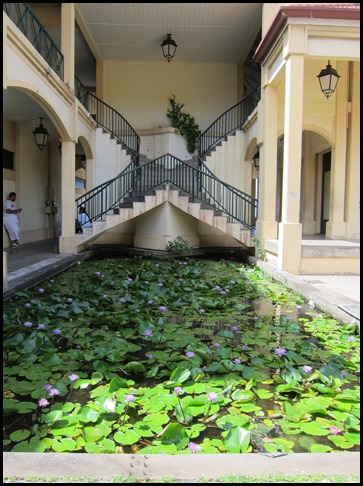 Administration: The
island is divided into three administration communes (municipalities):
Uturoa, Taputapuatea and Tumaraa. These three communes are inside the administrative subdivision
of the Leeward Islands.



 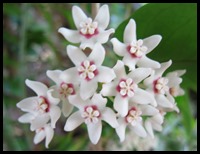
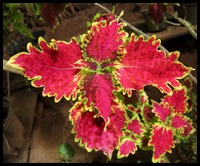
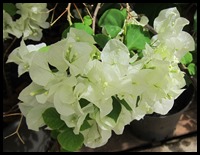
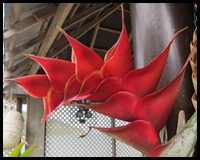 
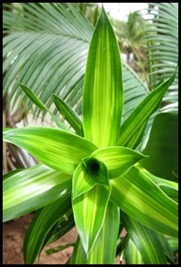
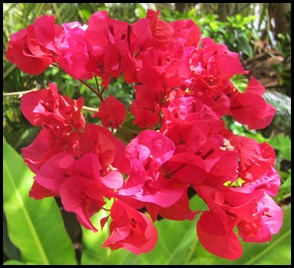 Economy: The island
economy is mainly agricultural with exports of vanilla, pineapple and coconut.
Noni - Morinda citrifolia is also grown. Faaroa Valley is a large and important
agricultural region with the rural economy and the cultivation of vanilla
supported by a local research facility. Pearl farming is also an important
industry while farming cattle, sheep and pigs has decreased. There is less
tourism compared to the other islands in the archipelago.
 The local tourist infrastructure comprises
boarding houses, two marinas and associated yacht
charter companies, and a four star hotel, The Hawaiki Nui and a port for
visiting cruise ships. There is also a fledgling local industry in the
maintenance of yachts and shipbuilding. The main source of employment is the
island's public service and the consumer market.
 ALL IN ALL ANOTHER
LOVELY LITTLE ISLAND.
COMES IN JOINT SECOND WITH
MOOREA |